热门标签
热门文章
- 1docker runc升级1.1.12
- 2PTA选择判断——2019_4List_单向链表中的每个结点都需要动态分配内存空间。
- 3Android、APP、APK 、华为报感染病毒 a.gray.Bulimia.a 已解决 (精)_a.gray.bulimiatgen.h
- 4FPGA版本管理详解——如何规范化管理FPGA版本
- 5Git的基本操作(图文详解)_git 操作
- 6编写程序求1900-2000所有的闰年,并按照5个一行输出。闰年的条件应符合下面二者之一。① 能被4整除,又能被400整除,如2000年。② 能被4整除,但不能被100整除,如2008年。输入_1900到2000闰年编程
- 7Android 系统默认参数的修改_ro.settings
- 8git 删除 submodule 子模块的步骤_git submodule 删除子模块
- 9替换加密U盘,云盒子满足高价值的文档外发需求!
- 10利用大语言模型(KIMI)生成OPC UA 信息模型
当前位置: article > 正文
<监督和无监督学习>Introduction to Machine Learning
作者:花生_TL007 | 2024-05-02 16:00:30
赞
踩
<监督和无监督学习>Introduction to Machine Learning
Definition
- Machine learning is field of study thaht gives computers the ability to learn withuot being explicitly programmed.
Machine Learning Algorithms
- Supervised learning
- Unsupervised learning
- Recommender system
- Reinforcement learning
Supervised Learning
Basic Concept
- Input and its corresponding right answer give labels then test the module with brand new input

- Example:

- Types
- Regression: a particular type of supervise learning, is predict a number from infinitely many possible outputs

- Classification: predict catagories, finited possible outputs (classes/catogories may be many, so do the inputs)
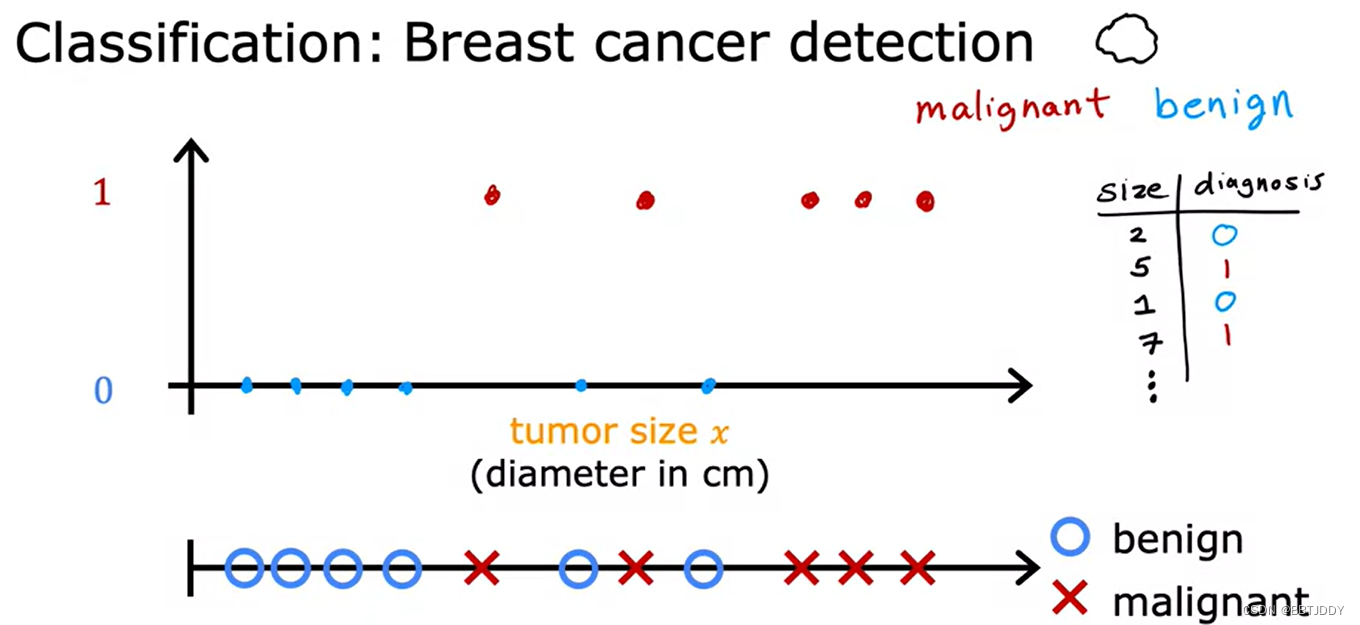
- Regression: a particular type of supervise learning, is predict a number from infinitely many possible outputs


Linear Regression Model
- Terminology
- x = "input" variable = feature
- y = "output" variable = "taget" variable
- m = number of training examples
- (x,y) = single training example

- w,b = parameter = coefficients = weights
- w is slope while b is y-intercept

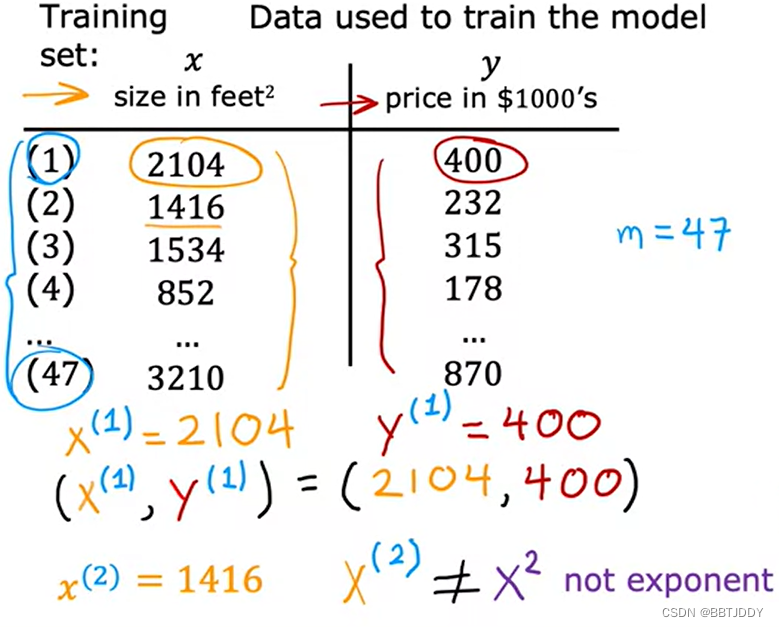
-
The process of unsupervise learning
-
Univariable linear regression = one variable linear regression
-
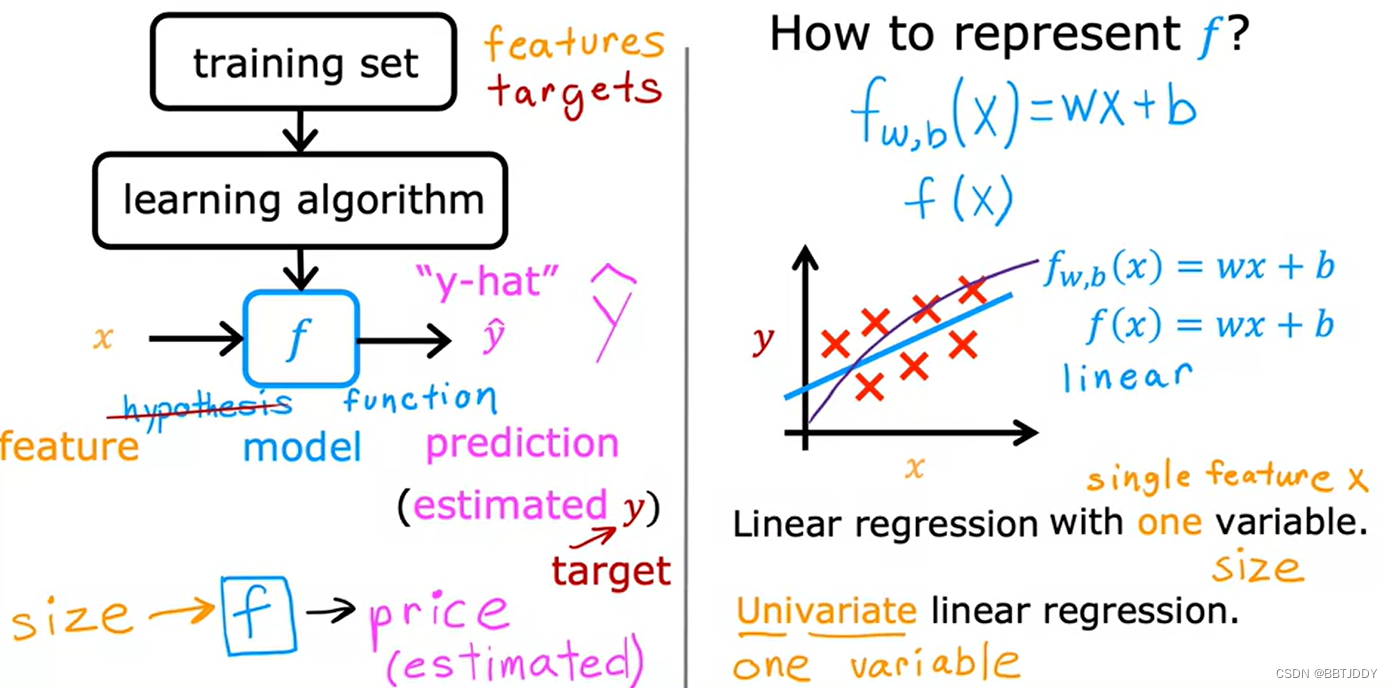

- Cost function —— find w and b (额外除以2目的是方便后面梯度下降求导时把2约去使式子看起来更简洁)
- Squared error cost function (To find different value when choosing w and b)
-
For linear regression with the squared error cost function, you always end up with a bow shape or a hammock shape.
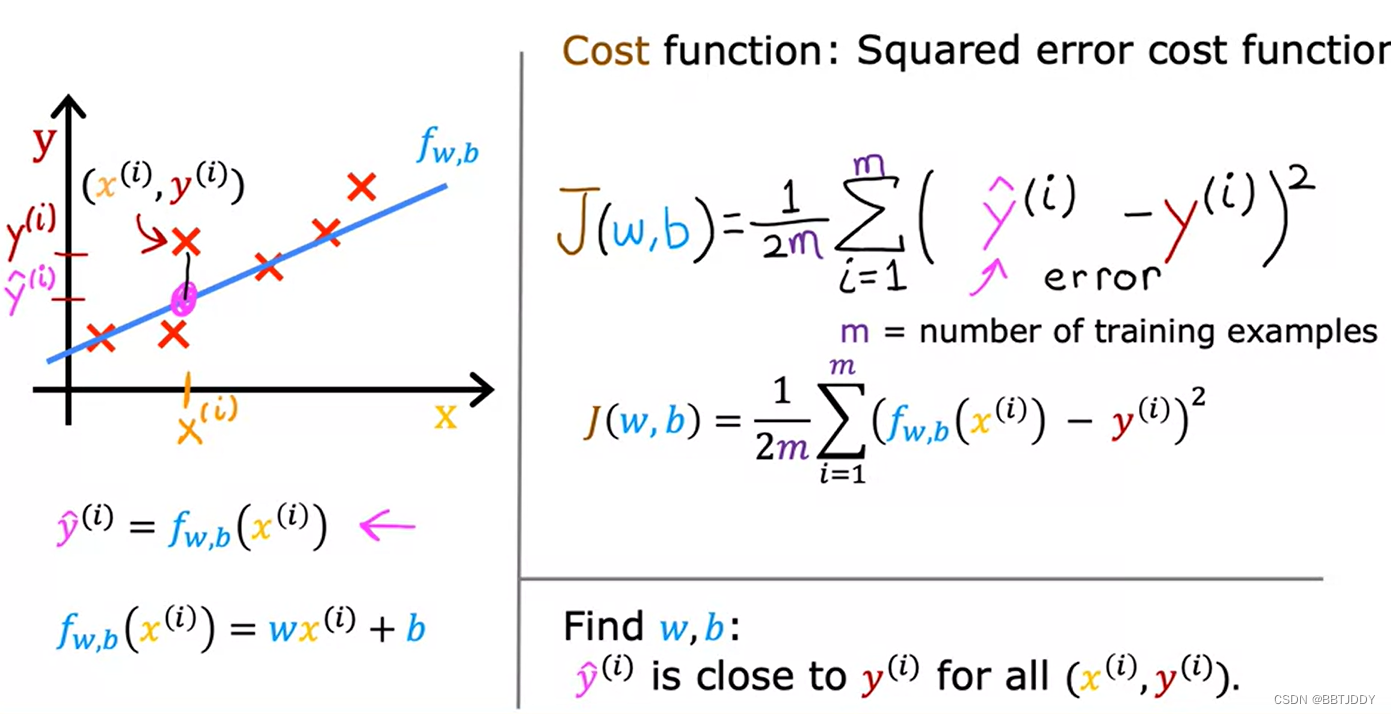
 ==
==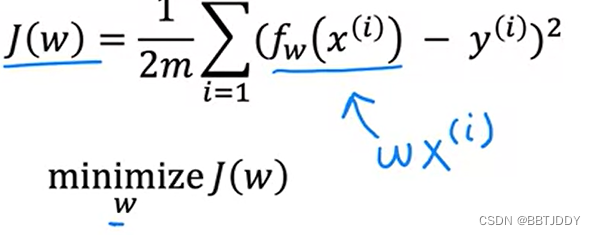
- The difference between fw(x) and J(w)
- the previous one is related to x and we choose different w for J(w)

- the previous one is related to x and we choose different w for J(w)
Gradient descent
- The method of find the minimal J(w,b)
- Every time ture 360 degree to have a little step and find the intermediate destination with the the largest difference with the last point, then do the same until you find you couldn't go down anymore
- process (so called "Batch" gradient descent)
- start with some w,b (set w=b=0)
- keep chaging w,b to reduce J(w,b)
- Until we settle at or near a minimum
- If you find different minimal result by choosing different starting point, all these different results are called local minima
- Gradient descent algorithm
α = learning rate (usually a small positive number bwtween 0 to 1):decide how large the step I take when going down to the hill
(dJ(w,b)/dw) destinate in which direction you want to take your step
- The end condition: w and b don't change much with each addition step that you take
- Tip: b and w must be updated simultaneously

- WHY THEY MAKE SENSE?
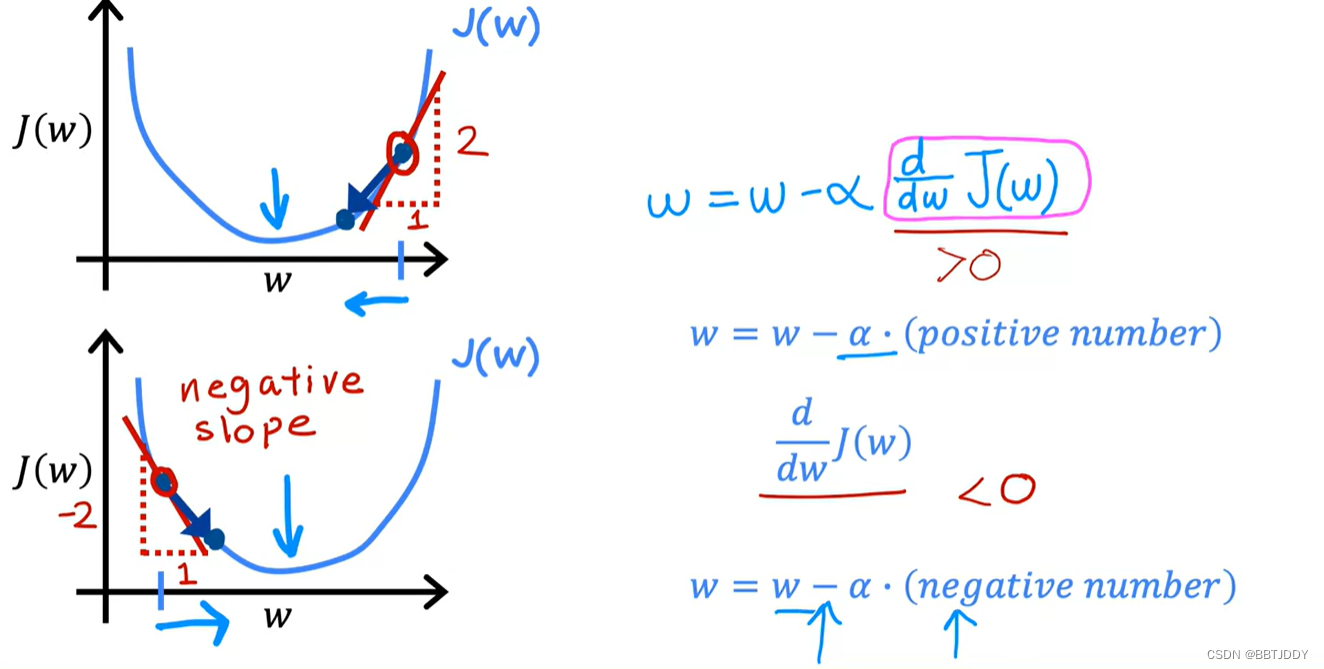
- Learning rate α
Problem1: When α is too small, the gradient makes sense but is too slow
Problem2: When α is too big, it may overshoot, never reach the minimal value of J(w)
Problem3: When the starting point is the local minima, the result will stop at the local minima (Can reach locak minimum with fixed learning rate)
所以!α是要根据坡度变化而变化的!!

Learning Regression Algorithm
- For square error cost function, there only one minima

Unsupervise Learning
- Finding something interesting in unlabeled data:Data only comes with inputs x, but not outputs label y. Algrithm has to find structure in the data
- Types
- Clustering: Group similar data points together
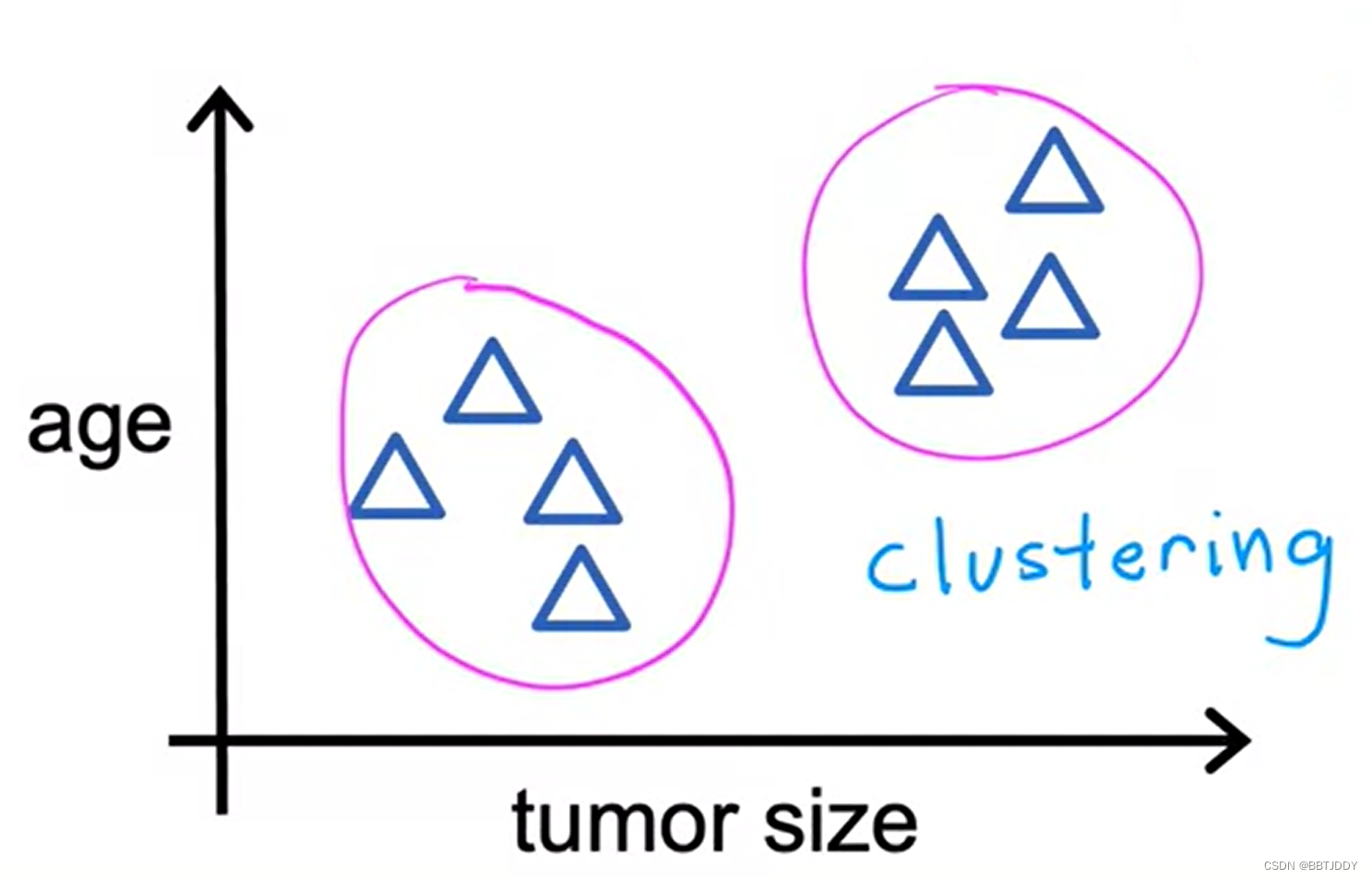


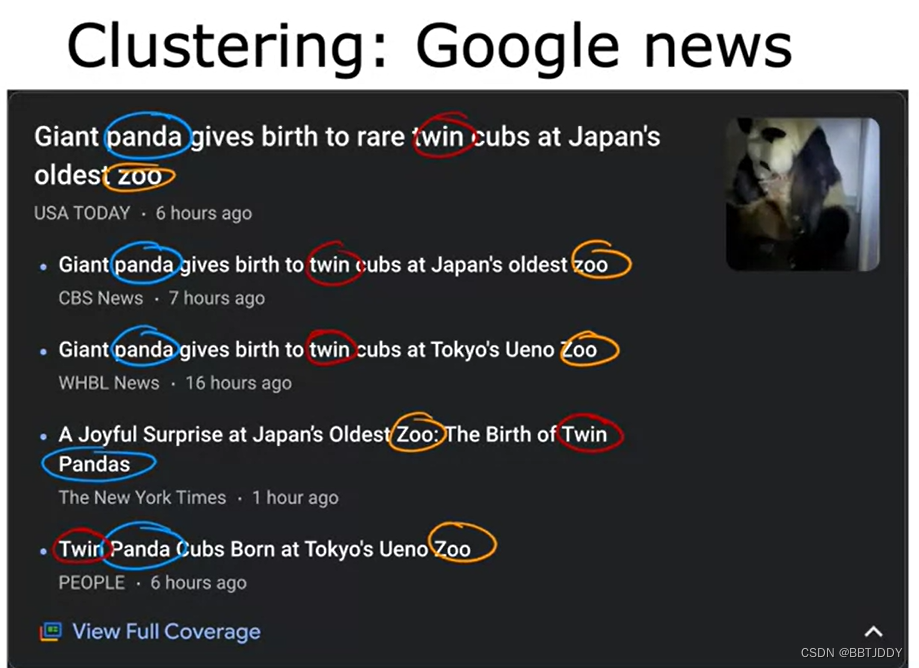
- Anomaly detection: Find unusual data points
- Dimensionality redution: Compress data using fewer numbers
- Clustering: Group similar data points together
声明:本文内容由网友自发贡献,不代表【wpsshop博客】立场,版权归原作者所有,本站不承担相应法律责任。如您发现有侵权的内容,请联系我们。转载请注明出处:https://www.wpsshop.cn/w/花生_TL007/article/detail/524878
推荐阅读
相关标签


